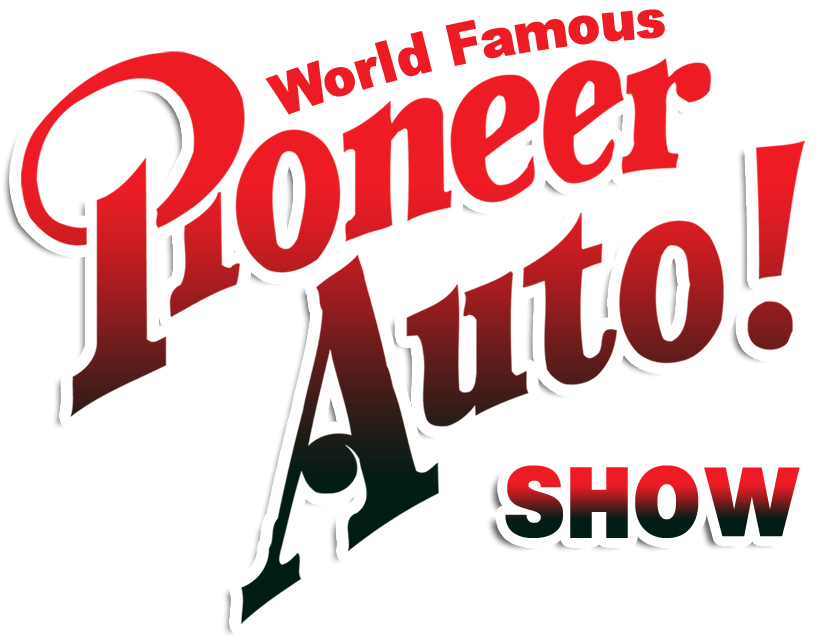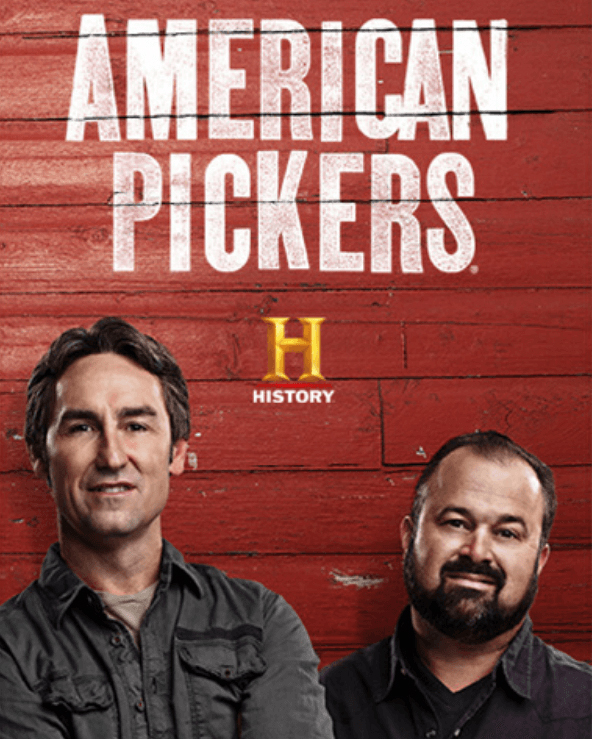– By #Pioneer Auto Show
Have you ever attended an old-fashioned car show and wished you could enter a classic car in it? Well, now you can! Starting the restoration process on a classic car can be simple, but there are a few factors to consider before jumping in.
Find the Perfect Classic Car
Picking out a suitable project classic car might be the most entertaining part of the restoration process, but is also the most important. Doing the proper research on different makes and models will be time consuming and possibly confusing, but the knowledge received will be vital. Websites like Craigslist can be an easy way to find a classic car in your area along with local automotive swap meets and car shows to begin your restoration process. Many people are deterred by what the classic car looks like on the outside, but that’s only part of what you should be looking at. The frame should be solid without rust or rotting. The interior is another less important step because seats and cushions tend to be easily replaced. Don’t forget to check the engine as well – it will give you a greater sense in what parts you’ll need to get the classic car running again. Not only is the actual classic car an important piece, but the availability of parts is too! Some classic cars might be too old or too foreign to still have parts to purchase for them for the restoration process. When looking for the perfect classic car at the beginning of the restoration process, remember your budget and know when to walk away.
Determine Your Budget: Time & Money
So you’ve found the perfect classic car and you’re ready to begin the restoration process – great! The first step is to determine how much you want to spend on the parts, accessories, paints, tires, etc. to get this car running. If you think professional help will be needed, don’t forget to factor that in too. Once you’ve written down all the predicted expenses in the restoration process, it’s good to add about 30% to the total to account for any surprises that may happen as well as making sure you don’t go over budget restoring your classic car. Buying a donor car could be another option in your budget, which in return, could let you sell other parts on the car you won’t need. The amount of time you’re able to spend on the classic car is another factor to keep in mind when determining how much you want to spend on the restoration process. Make sure an attack plan is formed along with a checklist so you can keep track of everything that’s been done. Rushing the restoration process of a classic car is out the question and plenty of time should be put aside for it. There are plenty of websites that can give an estimate for parts and services that you may require in the restoration process for your classic car.
Find the Proper Parts
If an incredibly rare classic car is in your dreams, you might want to do extra research on where you might find the proper parts to fix it during the restoration process. Unless you’re lucky and most of the parts on the classic car and in the engine are salvageable, you’ll want to hunt down every specialty classic car maker in your area to help. These parts may add an extra expenditure into your budget, so getting realistic finds is important for the restoration process. With the more popular, American style classic cars, it could be easier to find a junkyard in your area that has a similar vehicle to get parts from. There are also classic car collector groups online where members sell parts for classic cars frequently and could help you get a better deal. If an upgrade of the parts is wanted, make sure to find someone in the area who knows what part should and shouldn’t be placed in certain classic cars. This will be helpful in the future so you don’t blow up the classic car because of a fancy part put in during the restoration process.
The Pioneer Auto Show has plenty of classic cars on display and for sale. We’ve recently received two of the world’s rarest and oldest vehicles in the world: the 1904 Holsman Model K and the 1903 Ford Model A. Some of the classics cars we have on sale range from 1917 to 1983. Make sure to stop by and receive some quality information on the restoration process and classic cars today!
Last Modified:




